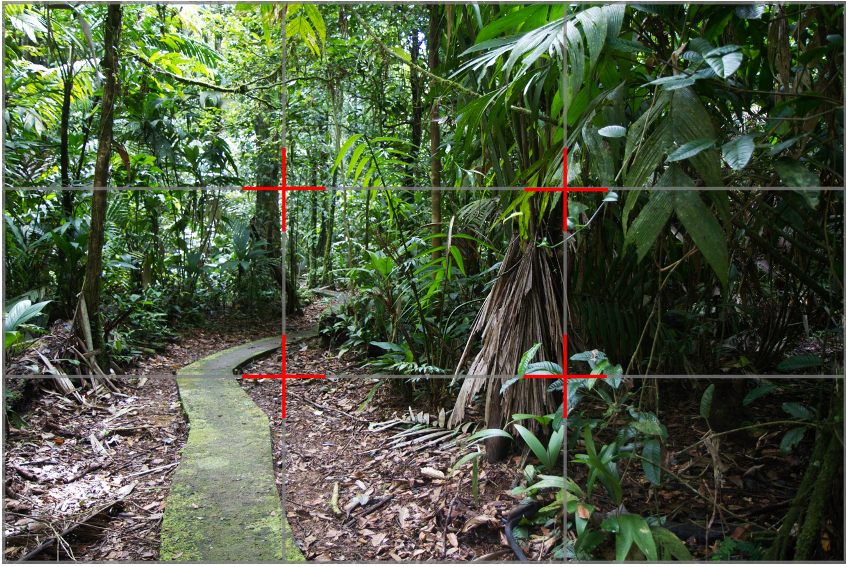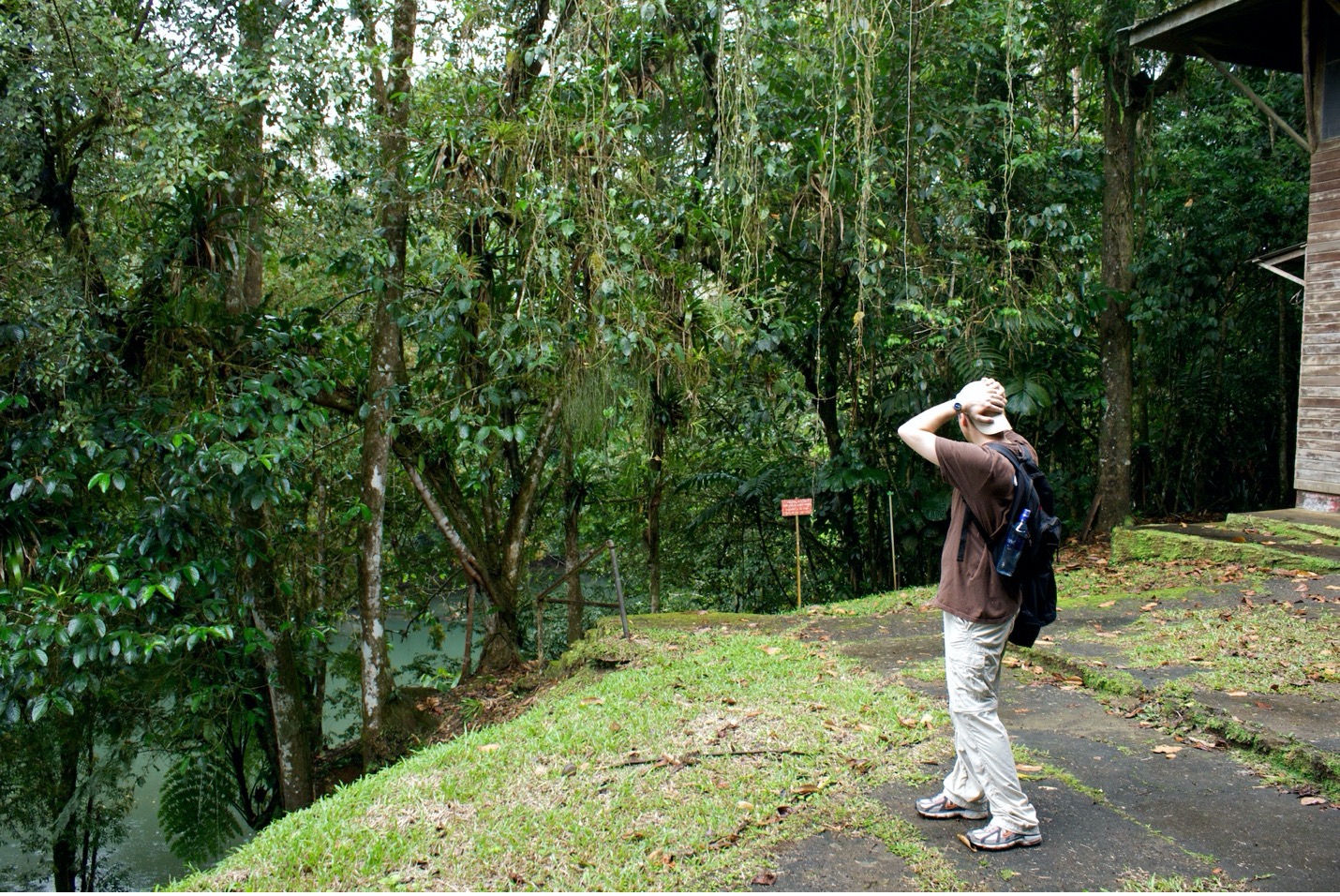
3 Tips for Capturing Costa Rica’s Landscapes
Costa Rica is one of my favorite places on the planet. The wild tropical jungle, vast biodiversity and a conservation-focused culture that inspires me beyond words.
However, there is a further je ne sais quoi about Costa Rica that is quite challenging to capture photographically. While the sense of place one feels when hiking through the rainforests, cloud forests and beaches of this tropical wonderland is palpable, it can be quite hard to portray the country’s majesty in photos.
Here, I’m going to give you three tips to ensure that you capture the beauty of Costa Rica’s landscape and return home with a mental and visual appreciation of Costa Rica’s natural wonders.
Think small, show big
The first thing that I personally get hung up on when taking landscape photos of Costa Rica is just how big everything is. Massive trees, huge forests and towering canopy plants absolutely dominate the landscape.
On one hand, it’s simple to photograph these elements, as they’re all around you. However, what you often come up with is just a documentary-style photo that isn’t all that beautiful or aesthetic. It just shows what things look like—it’s not particularly mesmerizing or inspiring.

To bypass that lackluster feeling and add an artistic element to your landscape photography, think small—much smaller than you’d normally think when visualizing and composing landscape photos.

What do I mean by “think small”? Well, rather than trying to photograph the entire scene, focus on just a small section of the forest—something particularly interesting—and fill the frame with it.
You see, there are just so many textures, patterns and conflicting “leading lines” in a jungle environment that trying to capture everything ends up taking away from your photo’s impact. Zeroing your sights (and camera) on something small and making then it big is a superb way to showcase the wildness of a place like Costa Rica.
Showcase patterns and textures
In a similar vein, I always look for patterns and symmetry when documenting big, overwhelming, wild places like the Costa Rican rainforest. Again, if you try to capture too much, the entire scene just looks disorganized and in disarray. The antidote to that? Create some order, pattern and flow within the photo. Luckily, nature is usually happy to oblige!

Take a look at the image above. This may be an atypical landscape photo, and it certainly defies the laws of composition by placing this spikey tree in the dead center of the frame. However, I did a few things deliberately to make this photo quite alluring.
First, I carefully chose the background by rotating around the tree until I noticed a nice red, orange and yellow background. Next, I composed the photo so that the spines were stretching all the way to the edges, making them look bigger, more imposing and more impressive. Finally, to employ the allure of symmetry, I placed the trunk in the middle of the frame, making it singular and dominant in the scene.
There are many, many other patterns to observe in the Costa Rican forests—it’s just a matter of finding them and then photographing them to their best advantage. There may even be opportunities around your ecolodge, like the photo below of the green bananas. I used the repetition and pattern to fill the frame with an interesting color and texture.

Use leading lines
This is perhaps the most important tip (Yes, I saved the best for last!), as it allows you to zoom out and capture more of your surroundings while still creating a bit of order and aesthetics to the photo.
Simply put, a leading line is something in the photo that creates, well, a line. This line should cut through the photo and help direct—lead—the viewer’s eyes through the photo. Leading lines come in many shapes and sizes, and they can be natural or made-made. But their purpose is typically the same: to direct the viewer’s eyes to and through certain aspects of the photo.

In the example above, the canopy bridge is the leading line we need in the photo. In fact, with the cables and bridge, we have several leading lines. The intention here is to draw your eye through the scene, starting at the near point and carrying on into the darker, denser jungle. This creates an aesthetic and mood that we’re trying to showcase.

Leading lines need not be perfectly straight, either. Notice how the pathway that weaves through the palms and forest floor draws your eyes along and adds a bit of intrigue to the photo. The surrounding vegetation isn’t necessarily breathtaking, but the simple, clean line the path adds dimension to the photo to makes the viewer feel as if they’re headed into the rainforest.
And notice how this leading line adheres to the rule of thirds? It originates in the far left third of the frame and ends near that intersecting point—a very deliberate choice!

Although teeming with beauty, Costa Rica’s landscapes—especially its dense jungles and rainforests—can be tricky to capture in photos. I hope these tips aid you in photographing this tropical destination’s stunning environs on your next trip to Costa Rica.
Best,

Court
Leave a reply